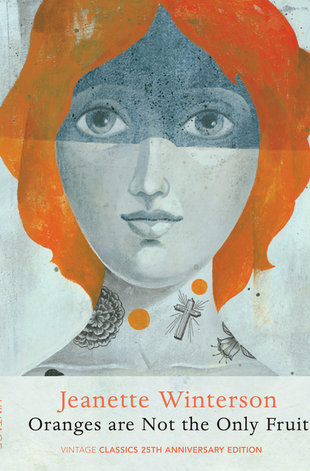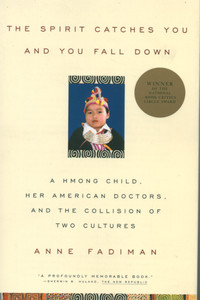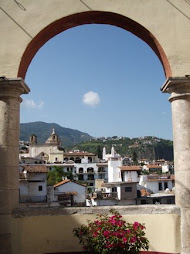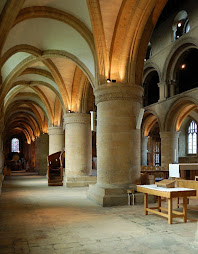On 24 May 2010 Yinka Shonibare, a British artist raised in Nigeria, added his own naval-themed sculpture to the victorious monuments in Trafalgar Square.
The Mayor of London's office has commissioned another work for that one empty plinth in Trafalgar Square. I mentioned the last work on the plinth outside the National Gallery in October, Anthony Gormley's round-the-clock parade of ordinary people. But last week the gently subversive Yinka Shonibare unveiled his addition to the Commonwealth's most famous square, an oversized knick-knack. His sculpture reproduces the Victory, the ship that Admiral Nelson commanded at the Battle of Trafalgar in 1805, except that the Nigerian-British artist has made all those majestic sails out of Dutch wax cloth, and he has built the entire miniature inside a bottle.
Yinka Shonibare's new sculpture for the so-called Fourth Plinth juxtaposed with Nelson's column in Trafalgar Square. The portholes on the base of the work conceal fans that prevent condensation from building up in the bottle.
Nelson's Ship in a Bottle celebrates Britain's greatest naval triumph, one that opened at least a century of dominance and colonial enterprise, but Shonibare sealed the iconic ship within a polymer-glass bottle of extraordinary size, an adult could crawl through the mouth if the cork were removed. The bottle's shape evokes a vessel for rum, a product of the slave and sugar industries in the West Indies and part of sailors' daily rations. The ship-in-a-bottle composition overall evokes those quintessential Victorian hobbies of exactitude and possessiveness. That European mindset which demanded that insects or stamps be captured, cataloged, and shelved paralleled European ambitions for planting a flag on every continent.
Nelson's Ship in a Bottle between the dome of the National Gallery and the spire of St Martin's-in-the-Fields.
However, those adventures brought the country into contact with a much wider world whose people now form an integral part of British society, particularly in multi-ethnic London. The outrageous sails are of Dutch wax cloth, a type of fabric originally made in the Netherlands. The sails with red-and-black patterns recall the batik designs of Malaysia and Indonesia that Dutch colonial merchants tried to manufacture and sell at home in patterns similar to those red anchors on white background. Eventually, weak demand led the producers to try to hawk the surplus fabric in West Africa but as a conspicuously "European" product. As British, and Dutch and American and Chinese, people and ships came and went around the world our totems of cultural and ethnic distinction became intermingled, and the process has not slowed down.
The front of Nelson's Ship showing the artist's initials "YSMBE" on the red bottle seal.
The setting of Trafalgar Square and its environs host a number of embassies and High Commissions from countries formerly part of the empire: South Africa, Uganda, New Zealand, Zimbabwe. Yinka Shonibare himself is now officially part of all that confusion and the confused establishment. He was made an MBE in 2004. The honour, which stands for Member of the Order of the British Empire, appears along with the artist's initials on the giant red seal of the bottle. Mr. Shonibare loves to remind viewers of this accolade, and increasingly such globally minded innovators are essential for Britain's future. As the artist says, such people "are still breathing precious winds into the sails of the United Kingdom." Without them the accomplishments of the country would just be sealed up and collecting dust on the shelf.
Additional photos after the jump. Click the link at the lower left.












.jpg)